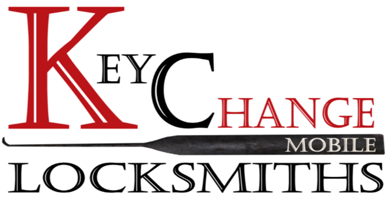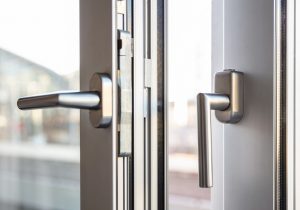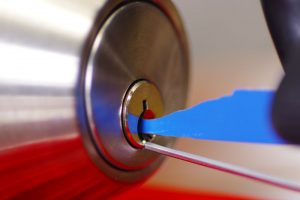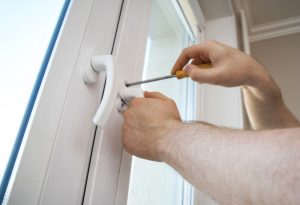What are cylinder locks
The name “cylinder lock” delineates a broad spectrum. Although there are several different types of cylinder locks, we’re going to concentrate on one specific model.
Cylinder locks have several standardised profiles, one of which is the Euro profile which is common.
The name of the Euro Profile lock will give you a pretty clear indication of their traditional market location.
Specifically, such locks are commonly used across the UK.
Our 24 X 7 Locksmith services include
- 24 Hours
- Emergency
- Genuine local locksmith
- DBS checked
- Fully Insured
- Certified and accredited
- Member of GCLS
- British Standard BS3621 Locks
- Upvc doors and windows
- Smart locks
- Cylinder locks
- Mortice locks
- High-security locks
- Multi point locking systems
- Locked Out
- New Lock Installations
- Keys broken in lock
- Non destructive method
- Lost or Stolen Keys
- Gate & Garage Locks
- Keys left Inside
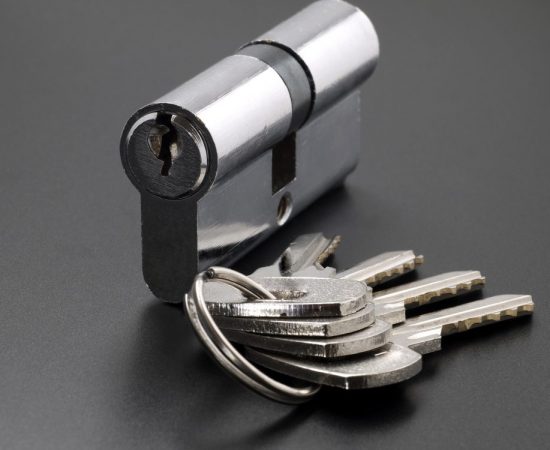
Common Types of Cylinder Locks
- Nightlatch cylinders (aka rim)
- Key-in-knobset cylinders
- Scandinavian oval cylinders
- Scandinavian round mortise cylinders
- Ingersoll Cylinders
- Banham Cylinders
Our Guarantee
- Local Certified Locksmith Service
- Clear and correct timeframes
- Direct contact with locksmith
- Discounts for OAP’s, NHS and Students
- Non-destructive entry
- Parts guaranteed for a year
Cylinder locks do not give any unique characteristics that qualify them for specialised use.
The cylinder lock does however have an advantage, It can be removed easily, without changing the bolt work.
If you live in a property with a cylinder lock profile, the door will already be built to accommodate that type of lock. This is the most prominent reason for continued use of the cylinder lock.
Call us today to speak with an expert locksmith, or fill a contact form and request for a free quote!
How They Work
Core(s) – As with most European locks, they also have very restrictive keyways. Often Cylinder locks have paracentric keyways, this means the wards on face of the lock extend past the centre of the keyway. There are no unique internal mechanisms for the cylinder locks. The cores mostly have pin tumbler or dimple configurations, but exceptions do endure.
Revolving Cam – They are often made of metal or hard plastic. An actuator or cam is a spinning object that is controlled by the key on the lock. The cam pushes the lock bolt in place. Many Euro profiles are even designed to work only one side at a time, so two people can not open the lock at the same time. It can damage the cam to too much pressure or wear. It will slip and this will prevent locking of the door. It means that as the cam moves it is misaligned, and the key is held when attempting to protect it. Specifically the device might lock, however it will need to be disengaged else the key cannot be removed.
Lock Body – There is a rectangular gap in the body in which the cam is mounted on the Euro profile. Two C-clips hold the cam in place. That gap, combined with the fixing hole, leaves very little remaining metal to hold the unit together. The gap divides two distinct cores which can be keyed alike or otherwise.
High-Security Additions – This can include sacrificial weak points, stainless steel pins (anti-drill protection), etc. In reality, anti-snap cuts don’t avoid snapping.What they do is to provide sacrificial points where the system can snap and leave enough of the lock in working order to avoid compromising the lock. In order that the metal on the drill bit will be softer than the protective metal, the anti-drill safety uses stainless steel.
hanged.
Doors Services
- Door Repair in Brighton
- Door reinforcement in Brighton
- Door Closer Installation in Brighton
- Door Boarding Up in Brighton
- Door chains Installation in Brighton
- Door bolts & bars Installation in Brighton
- Door Adjustment & Realignment in Brighton
- Multipoint Door Handles Installation in Brighton
- Digital Door Viewers Installation in Brighton
- Emergency Entry in Brighton
- Non Destructive Entry in Brighton
Lock Brands We Service
Related Blogs
-
uPVC Doors & windows
Good Afternoon, guy's! I want to talk (type) to you about your uPVC doors and windows. From time-to-time they'll need adjusting and maintenance. If you're finding it's getting more & more difficult to close/lock your uPVC's, then it really is time
-
Pet Sitters & your malfunctioning locks
It's been a while since my last blog entry, but this issue is something we come across a lot during the holiday season. So, here goes
-
The changing weather & impact on locks, doors & windows.
Hi again, everyone! Today I want to talk to you about the changing temperature (YAY, summer's here) and how that can, and invariably does, impact your uPVC & multipoint locking systems on doors & windows. So, as the temperature outside changes, metals,
Areas we cover
- Emergency Locksmith in Ovingdean
- Emergency Locksmith in Patcham
- Emergency Locksmith in Portslade
- Emergency Locksmith in Preston-Village
- Emergency Locksmith in Prestonville
- Emergency Locksmith in Rottingdean
- Emergency Locksmith in Round-Hill
- Emergency Locksmith in Seven-Dials
- Emergency Locksmith in Stanmer
- Emergency Locksmith in The-Lanes

